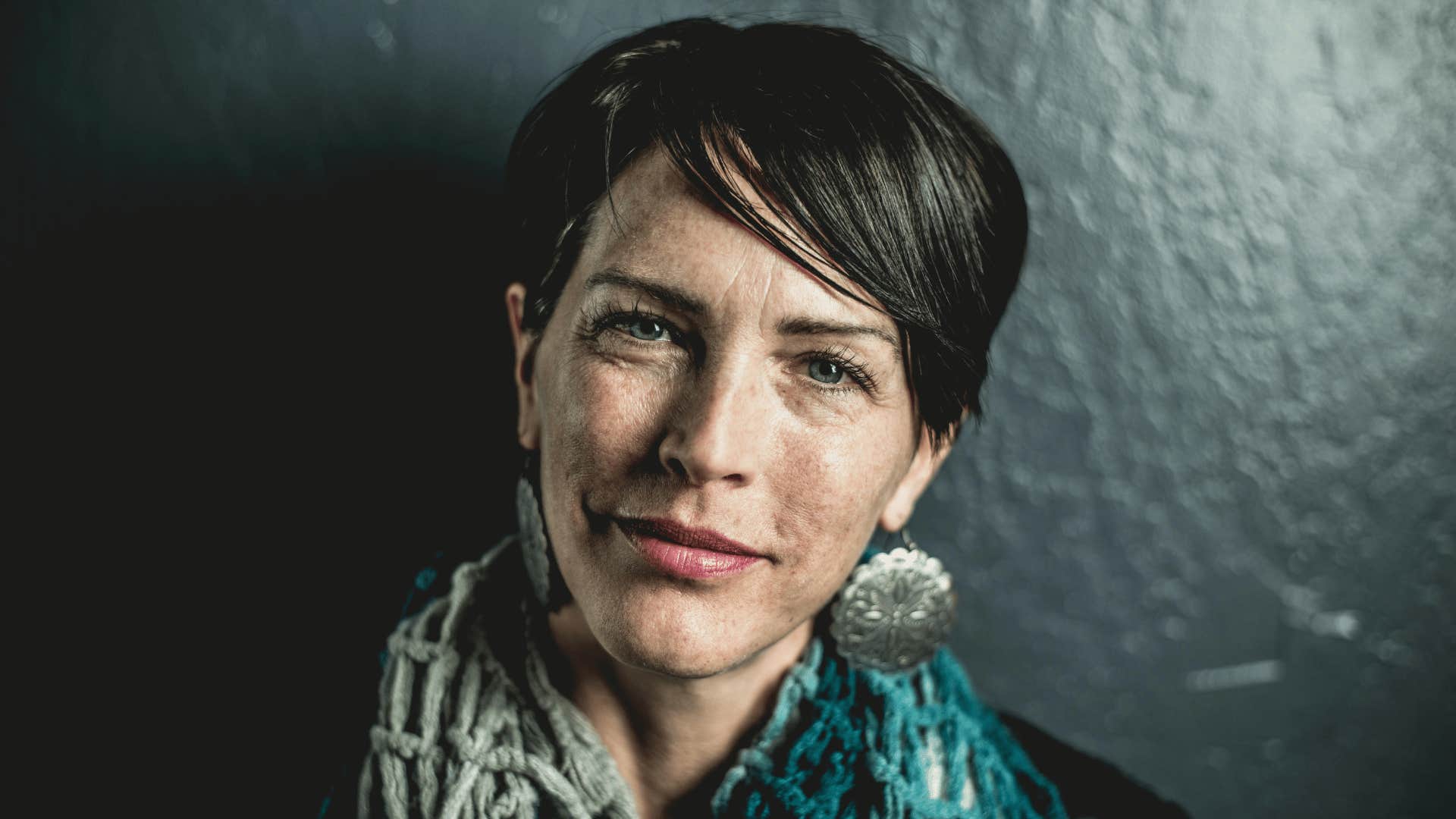5 Exceptional Habits Of People Who Are True Originals
True originals are people who can change the world.
 Ekateryna Zubal / Shutterstock; monicore from pixabay via Canva
Ekateryna Zubal / Shutterstock; monicore from pixabay via Canva Originals are people who are non-conformists. They’re the ones that change the world with their new and innovative ideas.
But what makes someone an original? To understand this, Adam Grant — an author, behavioral psychologist, and a professor at the Wharton University of Pennsylvania — has been studying originals. And through his research, he’s found many similar traits that such people share.
And there are five particular traits Grant shares through various interviews, his TED talk, and his book, "Originals." Are you a true original?
Here are 5 exceptional habits of people who are true originals
1. They procrastinate strategically
 cottonbro studio / Pexels
cottonbro studio / Pexels
True originals make use of the Zeigarnik effect, which occurs when an activity that has been interrupted may be more readily recalled. It postulates that people remember unfinished or interrupted tasks better than completed tasks.
For example, say that you are working on a project and you leave it half-finished. This task gets labeled as "incomplete" in your head, so it stays there. This enables a part of your mind to keep working on it, even when you’re doing chores. This is why you keep getting ideas on how to improve your unfinished projects while doing other chores.
But let’s say you power through and finish the project right away instead of putting it off. The project will now get labeled as "completed" in your head, and you probably won’t get any new ideas on improving it. This explains how we simply have a better working memory for unfinished tasks than finished tasks.
But to make use of the Zeigarnik effect, it's simple: Procrastinate, but strategically. Grant says, "Originals are quick to start but slow to finish." This procrastination helps them incubate ideas that then hatch into increased creativity.
Whatever your creative projects are, be eager to start them, but not so quick to finish them. Let the project incubate in your head. Because in that gap lies the treasure of an original.
2. They don’t worry about being the first 'movers'; rather, they believe in being 'improvers'
 Maksym Mazur / Pexels
Maksym Mazur / Pexels
In the movie "The Social Network," the Winklevosses and Divya Narendra have a conversation after Mark Zuckerberg stole the idea of Facebook from them.
Divya Narendra says, "He gave himself a 42-day head start because he knows, what apparently you don’t, that getting there first is everything." Cameron Winklevoss they says, "I’m a competitive racer, Div. I don’t think you need to school me on the importance of getting there first. Thanks."
And it makes logical sense — that getting there first and being a "first mover" means you win. However, research disagrees. The first-mover advantage is mostly a myth.
As Grant presents, "In a study of more than 50 product categories comparing the first movers who created the market with 'the improvers' who introduced something different and better. The first movers had a failure rate of 47% compared with only 8% for the improvers."
Grant then gives a few examples of his claim: Facebook was built years after Myspace and Friendster, and Google was made years after Altavista and Yahoo.
To put it simply, to be an original, you don’t have to be the first mover. You can still be an original by being an improver. In fact, as Grant claims, "It is much easier to improve on someone else’s idea than it is to start from scratch." And god knows we need ways to make the creative process easier anyway.
3. They choose collaborators who challenge their ideas instead of seeking validation
 Jopwell / Pexels
Jopwell / Pexels
Validation is a basic human trait that leads to several problems, including diminished creativity. This means that if we only listen to people who think like us — people who praise us — we might never get further than we are.
This is why, in his book "Originals," Grant says that the best collaborators are people who love to prove you wrong. It might be unpleasant, yet we need this criticism to visualize other perspectives and grow.
This is also the essence of the Dialectic method, a type of discourse where different people with different points of view try to arrive at a common truth through dialogue and reasoned argumentation.
The Dialectic method has three elements:
- Thesis: One point of view
- Anti-thesis: The opposite point of view
- Synthesis: Unlike normal arguments where one with "thesis" tries to defeat the other with "anti-thesis," the Dialectic method aims at the embracement of thesis and anti-thesis, resulting in the birth of a beautiful synthesis
Simply put, don’t seek validation. Seek collaborators who challenge your ideas and make you uncomfortable. That’s how you’ll grow and be a true original.
4. They manage their doubts and fears differently
 Nathan Cowley / Pexels
Nathan Cowley / Pexels
Many of us may believe that to be an original, you have to be fearless. But that’s not true.
Originals may look confident on the surface, but they have the same doubts and fears as others on the inside. The difference lies in how originals deal with their doubts and fears.
According to Grant, the creative process looks something like this.
- This is awesome
- This is tricky
- This is rubbish
- I am rubbish
- This might be okay
- This is awesome
Grant discovered that there are two kinds of doubts: self-doubt and idea doubt. Understandably, self-doubt is paralyzing. It can cause you to succumb to inaction and also mess with your mental well-being.
Idea doubt, on the other hand, can be energizing. It can motivate you to test, tweak, and build on your ideas when you’re not confident about them.
By moving from self-doubt to idea doubt, you can make the creative process easier, while also being more original. As Grant says, doing this is as simple as striking off step 4 of the creative process.
When your ideas don’t seem competent, don’t doubt yourself. Instead, focus on how you can make those ideas better.
5. They understand that quantity is not the opposite of quality, but its precursor
 David Garrison / Pexels
David Garrison / Pexels
The quality-quantity debate is as old as we can think back to. And while people believe they have to choose either one of them, research now suggests that you cannot have one without the other.
A study by Aaron Kozbelt compared the relationship between the number of compositions musicians have created and their perceived greatness.
The result? Most evidently, the relationship between greatness and the number of compositions followed a linear curve. Even legends like Beethoven, Mozart, and Bach had to produce hundreds of compositions to have a few exceptional ones that eventually made them great.
By this, we can understand that quantity is not the opposite of quality, but the precursor. A lot of quantity ultimately leads to quality. So, while we may think that originals have a few excellent ideas, the exact opposite is true. Originals have a lot of bad ideas, spaced by a few good ideas here and there.
Being an original may not be as elusive as one would think. Try following these habits for yourself and who knows — you might end up changing the world someday.
Akshad Singi, M.D. is a writer whose work has been published in Better Humans, Mind Cafe, Medium, and more.

